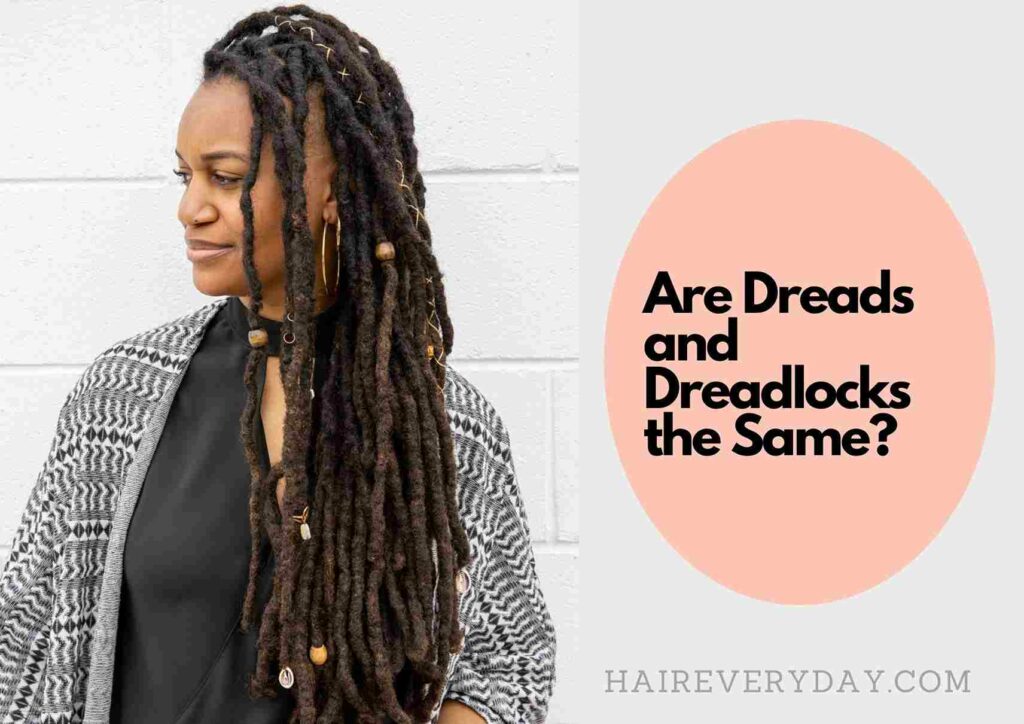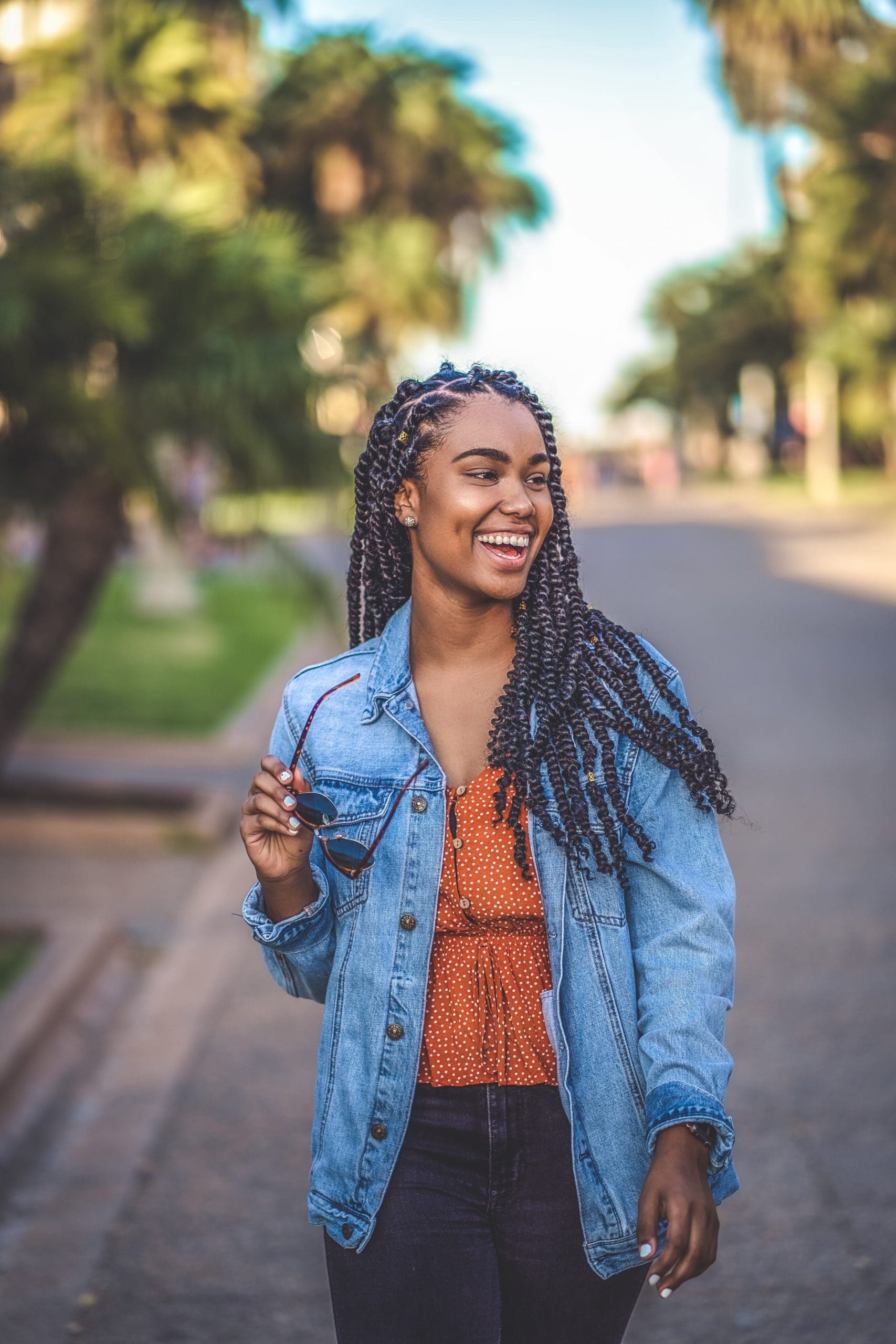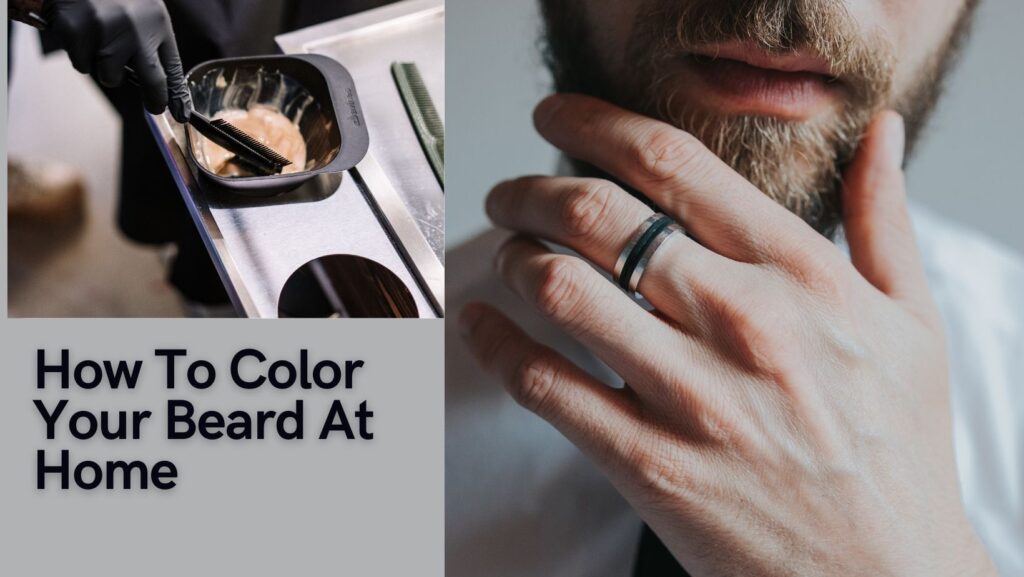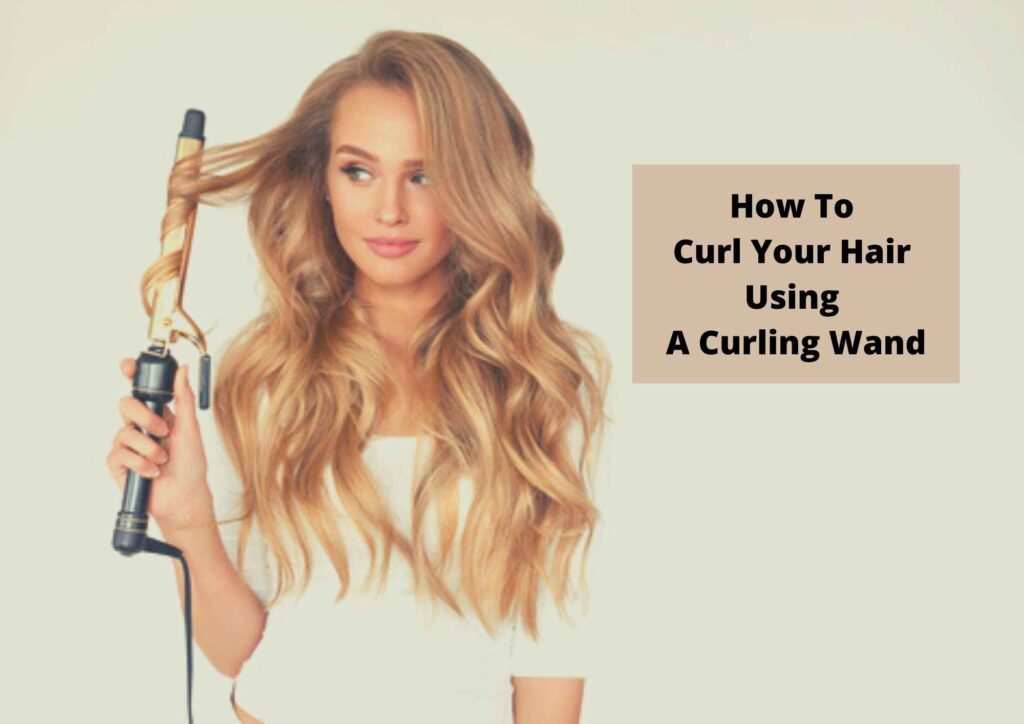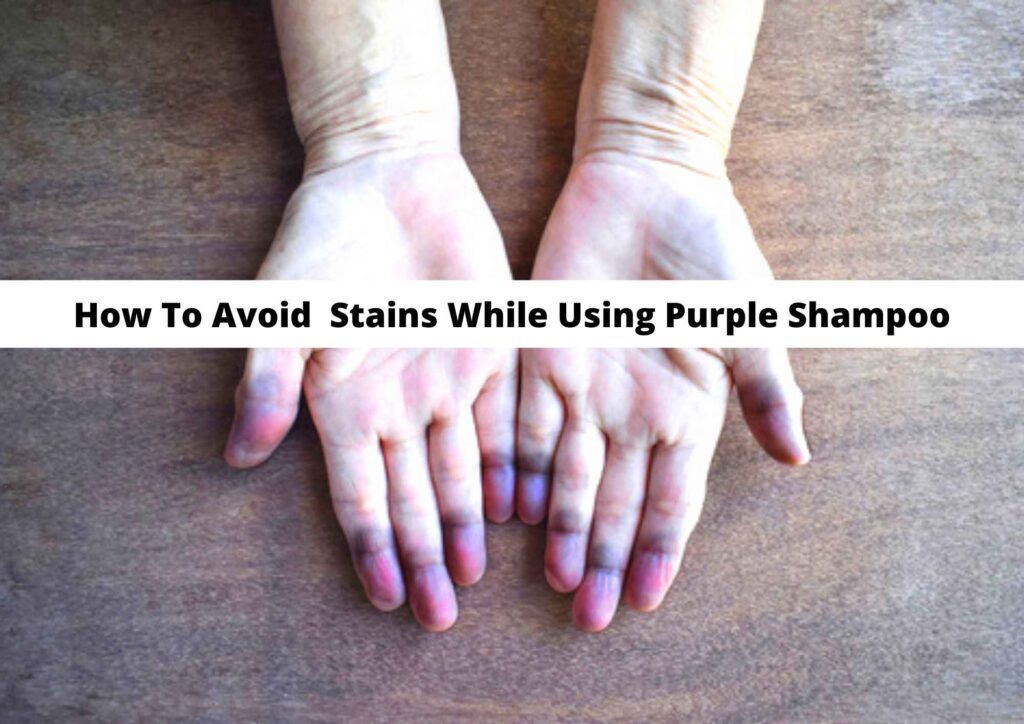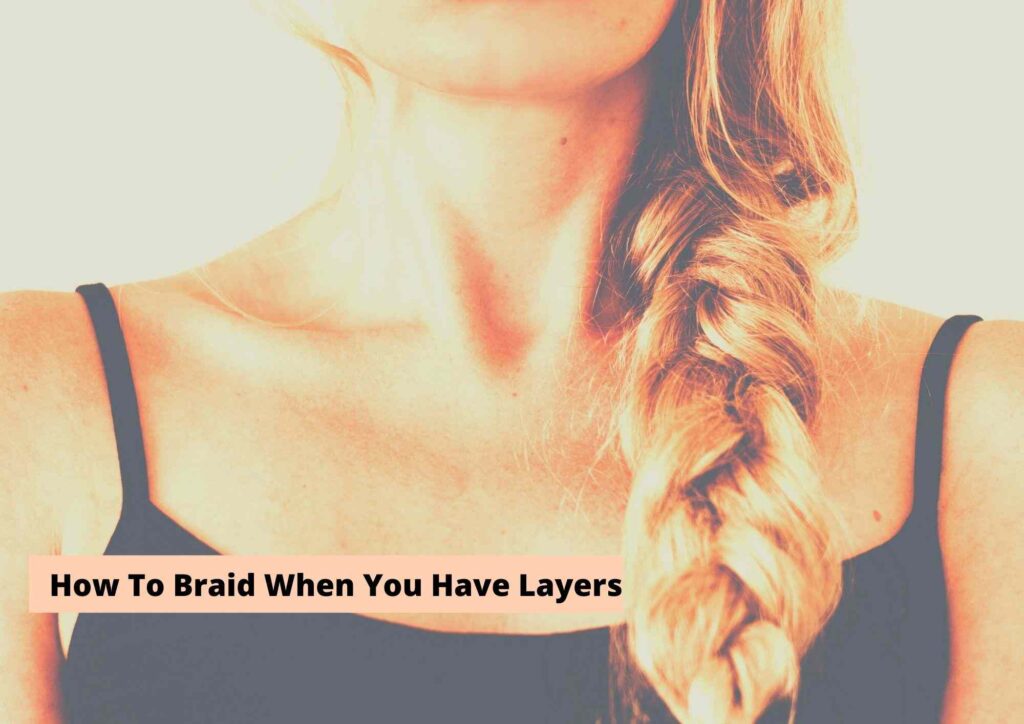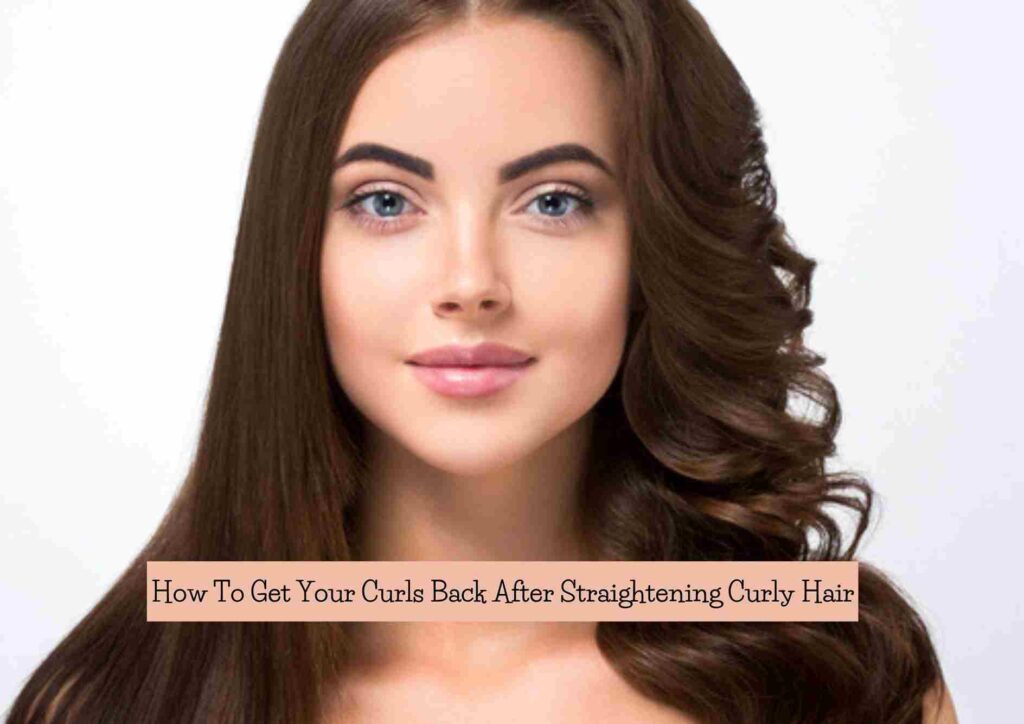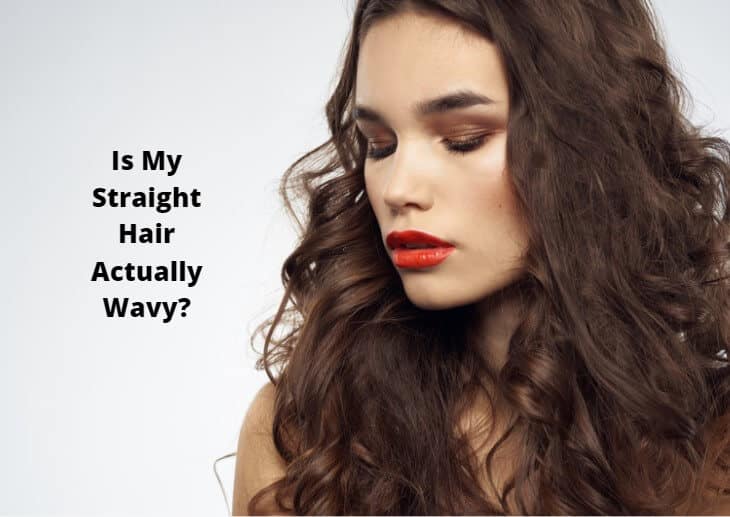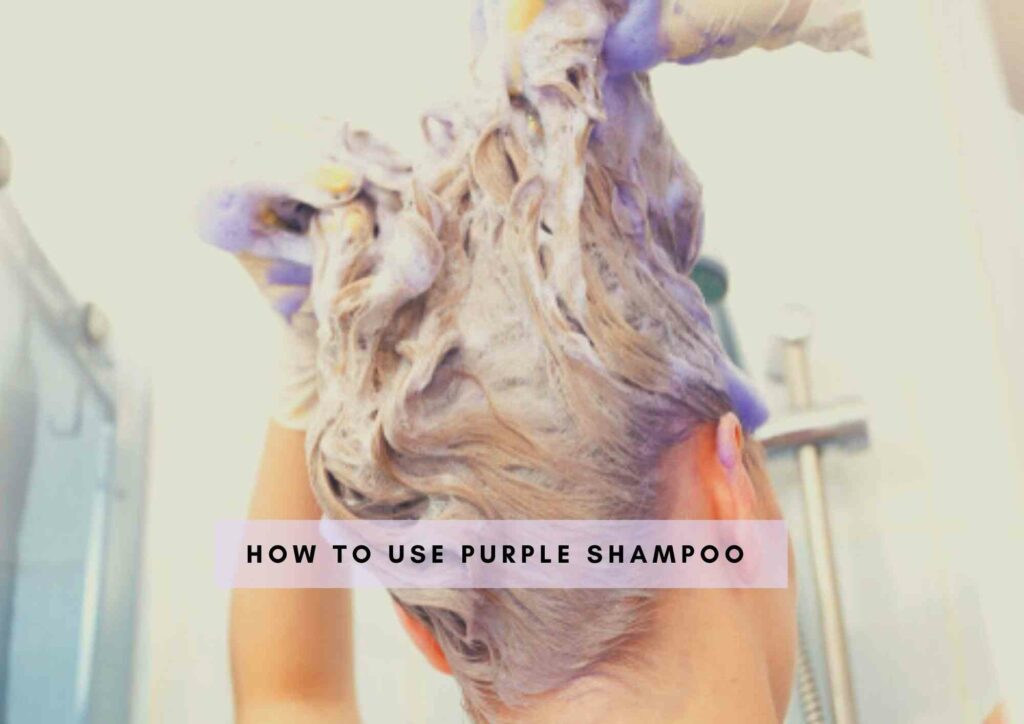Is there a difference between dreads and dreadlocks, you can find out in the article below. In here, I’ve explained how Viking locs and dreads differ and why dreadlocks can now be an offensive term.
Dreadlocks, sometimes just referred to as “dreads”, are a hairstyle with a long history of cultural and religious significance. Seen adorning the heads of members of various ethnicities, dreadlocks show no sign of going away anytime soon.
The question of whether or not there is a difference between dreads and dreadlocks is a popular one, as people often want to know the facts behind this unique ‘do.
Difference between dreads and dreadlocks
The terms dreads and dreadlocks are often used interchangeably, however, there is a key difference between the two.
In essence, dreads are an evolving, nearly organic form of hair styling where the hair is encouraged to form natural tension knots, also known as ‘dread seals’, due to the continual matting of the hair.
On the other hand, dreadlocks are a premeditated and far more intentional style, where the hair is sectioned and locked into place.
Most commonly, dreads form naturally as the individual is not brushing or brushing very minimally, allowing the hair’s natural oils and moisture to accumulate and create tension knots throughout the hair.
This results in a unique hairdo, consisting of an array of twists, turns, coils and various sized strands, with some having more structure than others.
On the other hand, dreadlocks are an intentional hairstyle, often achieved through maintenance and meticulous sectioning of the hair into pointed ropelike formations.
A saloon, barber or other hair specialist may be necessary to ensure the dreads are crafted and maintained properly. They will also often use a chemical compound to lock the individual dreads in place.
Therefore, the biggest difference between dreads and dreadlocks is the process whereby each is achieved – dreads are natural whereas dreadlocks are premeditated.
Consequently, some individuals prefer the ‘organic structure’ of dreads, while those that want a sharper, more defined look opt for dreadlocks.
Dreads vs locs vs twists: A comparison
When it comes to the debate of dreads vs locs vs twists, it’s important to define each of the styles first.
Dreads are a form of hairstyling wherein sections of the hair are separated, twisted, and held together with a rubber band or other form of adherence. They usually cannot be undone and can range anywhere from 1 centimeter to shoulder length.
Dreadlocks (or “locs”) are dreads that have been left to form on their own, undisturbed. They create a more rounded, voluminous look that is easy to spot, especially when compared to dreads, which tend to be more straggly or rope-like in appearance.
Finally, we have twists, which are created similarly to dreads in the sense that two strands of the hair are separated, but in the case of twists, the two separate strands are commonly braided together and without the use of an adhesive.
All three styles are unique and provide a beautiful, unique look, whether rocking natural hair or with added extensions. Dreads and locs provide a more an effortless or “just woke-up” look, while twists are more precise and precise and provide for an overall more precise hairdo.
All three styles will require some form of regular maintenance, be it through dusting, palm-rolling, moussing, and/or re-twisting. With the proper care, each can be kept neat and tidy and the life extended, depending on the individual’s desired style and look.
Ultimately, the choice of which style to choose is up to each individual, and should be based on what works best for their natural hair type, lifestyle, and preference.
- Related: Best Shampoos For Dreadlocks
- Related: Dreads With Blue Tips
- Related: Best Locking Gel For Dreads
- Related: How Often Should You Retwist Locs
Viking locs vs dreads: What’s the difference
When it comes to comparison of dreads and Viking locs, people often mistake one for the other. Dreads and Viking locs, although share some similarities, the two styles actually have a few distinct differences.
The most obvious difference between dreads and Viking locs are the styling technique used to create them.
When creating dreads, the traditional technique uses a method of backcombing and/or twisting the hair into small sections in order to form a matted, knotty formation.
Meanwhile, Viking locs are created by braiding the hair into thick braids from the root all the way to the tip using either synthetic or human hair. This results in a much neater and smoother loc since it is a tightly braided rather than a matted form like dreadlocks.
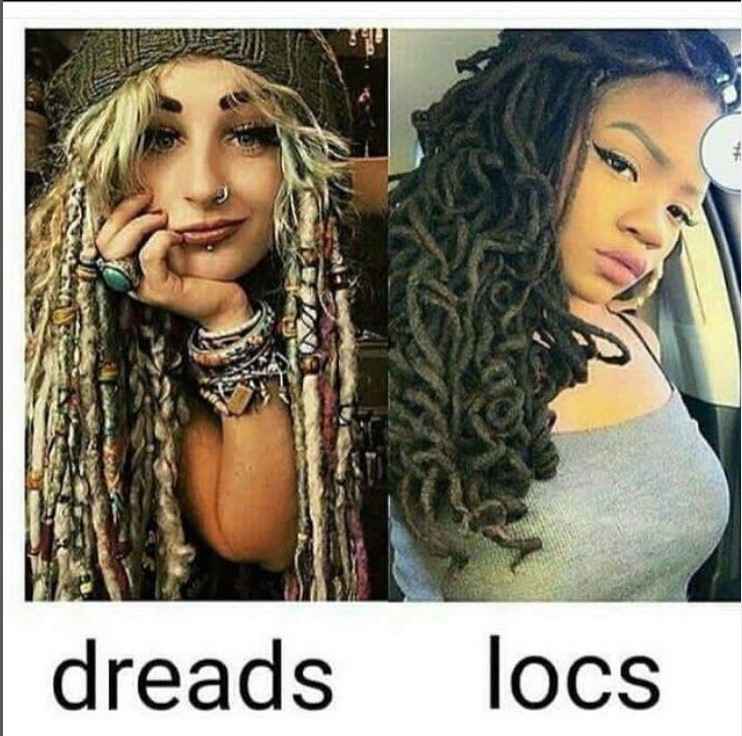
Another difference between dreads and Viking locs are the effects they have on the hair.
Dreads can be quite damaging to the hair over time as the matted form of the locks can pull and tug on the hair and scalp, especially if not adequately maintained.
On the other hand, Viking locs are much less damaging to the hair as the technique has been designed to keep the locks soft, smooth and less prone to pulling.
Overall, both dreads and Viking locs can be an amazing way to wear natural hair and express yourself. However, knowing the differences between these two options can help guide someone to choosing the right style that best suits them and their particular needs.
Why don’t we call them dreadlocks

Though the difference between dreads and dreadlocks can easily be explained by looking at the types of hairstyle and how they’re made, there are some people who find the word ‘dreads’ to be derogatory.
This is due to its association with reggae and Rastafarian culture and its negative connotations for Jamaicans and black people.
For this reason, many would argue that ‘dreads’ should not be used to describe a style of hair at all.
Instead of using the term ‘dreads’, it is often seen as more respectful to use the word ‘dreadlocks’ instead, as this doesn’t carry the same social stigma as the former.
By using the correct terminology, we can ensure that the history and culture behind this hairstyle is celebrated and respected.
Are dreads or twists better for natural hair
When it comes to styling natural hair, many people often wonder whether dreads or twists are better. The truth is, both are great options and The truth is, it all depends on preferences, lifestyle and the amount of desired maintenance.
With dreads, your hair is matted into thick, rope-like locks. This style is also very low maintenance and requires little more than a shampoo from time to time.
But since dreads don’t twist or knit the hair, some people find them to be less secure and prone to unraveling.
Twists, on the other hand, require more energy and time to create. They take longer to complete than dreads and are created by 2-strand twisting individual hair strands.
But as a result of the twisting and knitting action, the style is more secure and provides more support.
So, in the end, it really boils down to personal preference and lifestyle. If you want something low maintenance, dreads are a great option.
On the other hand, if you prefer a more secure style, and you don’t mind spending more time styling the hair, twists might be the right option for you.
Benefits of wearing natural hair in dreadlocks
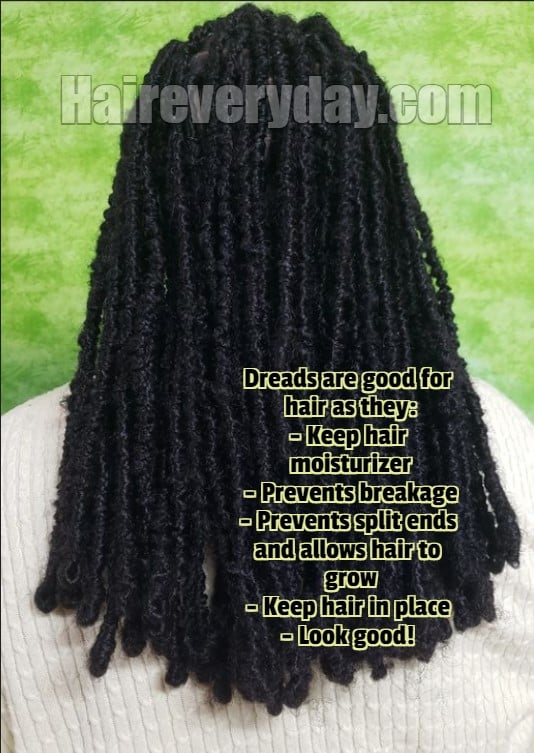
Having dreadlocks can make a powerful statement in society, but it is not just a fashion statement. There are many benefits to wearing this type of natural hairstyle.
In some cases, having dreadlocks can save time in the morning when it comes to maintaining your hair. It can be much faster to care for dreadlocks than it is to care for other styles, as there is no need to blow-dry or style, and wash-and-go styles are completely possible.
With dreadlocks, you can rock your African, Caribbean, or other ethnic heritage without ever having to wonder if what you are doing is trendy or not – it’s already been done ages ago and still looks amazing.
Dreadlocks can be seen as a sign of strength, a bold sign of self-expression, and a way for people to connect to their roots, identity, and culture. It is also a symbol of self-acceptance and freedom from social norms. By wearing them, you can embrace the uniqueness of your natural hair and stand up for what you believe in.
The health benefits of natural hair in dreadlocks cannot be underestimated either. As the locks are not constantly being manipulated, the hair is allowed to become stronger and healthier.
Moreover, the natural oils can be evenly distributed without having to use product and so reduce the possibility of brittleness or the development of split ends and breakage.
In terms of convenience, the maintenance of dreadlocks is often far less complicated than other hairstyles, requiring less frequent styling and visits to the salon. It is simply a matter of keeping the dreads tidy and making sure you keep them well moisturized with proper locking gel. Regular maintenance time can be much shorter than when done on other types of hairstyles.
Finally, many people feel a sense of personal accomplishment when they rock their dreadlocks. It is a sign of their individualism and commitment to self-love and positivity.
There is nothing wrong with wanting to look your best and wearing dreadlocks is a great way to do so. It is also a great reminder that there are endless ways to wear and express yourself confidently.
Ultimately, there are many benefits to wearing a natural hairstyle in dreadlocks, from health and maintenance savings to the confidence and personal statement that it can offer.
Summary on dreads vs dreadlocks
To sum it up, it is clear that dreads and dreadlocks are two different terms.
While dreadlocks are a type of hair styling created by individual strands of dreads intertwined and shaped together, dreads simply refer to the individual strands of matted hair.
Both dreads and dreadlocks can be created and worn for a variety of reasons and look stunning. No matter if someone wears dreads or dreadlocks, the overall appearance is quite compelling.
Also Read:
How To Make Faux Locs Less Frizzy
To Summarize

